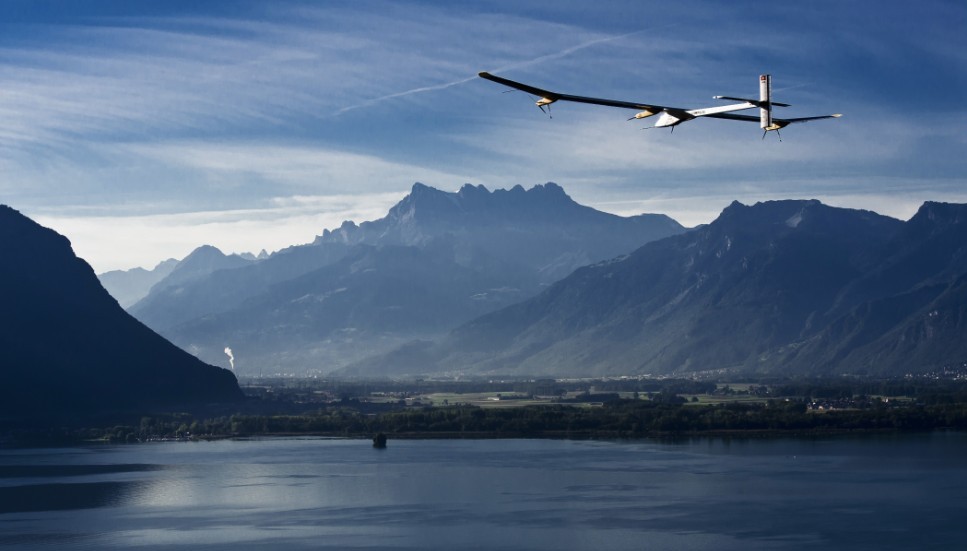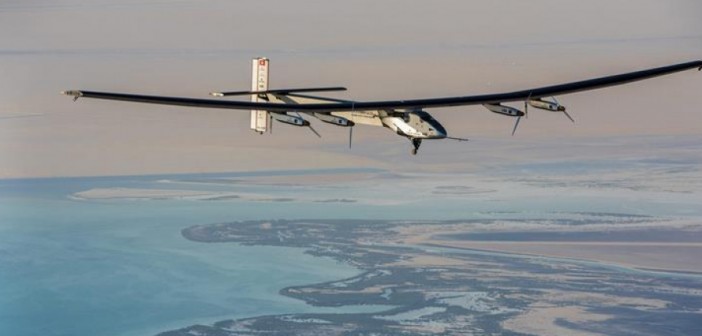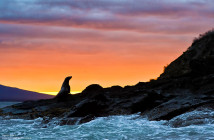In Nagoya, Japan, a solar powered aeroplane waits to take off. The plane finally left Nanjing, China, on the 31st of May, after being delayed for ten days due to bad weather. The aircraft is called Solar Impulse 2, and it is waiting to begin the seventh and longest leg of its journey, across the Pacific to Hawaii. The craft began its journey on the 9th of March, launching from Abu Dhabi, UAE and piloted by Andre Borschberg, a seasoned pilot who has flown for the Swiss Air Force. Solar Impulse 1, its predecessor, managed to fly successfully between Europe and Morocco, with a similar craft also reaching the USA.
Solar Impulse 2 seeks to go much further, and complete the first solar-powered flight around the world. If successful, it could revolutionise air travel.
Due to its reliance on solar power, the journey has often been fraught with difficulty. As Solar Impulse 2 requires sunlight to charge its 17,000 solar cells, it is held hostage by the weather. Hostile weather conditions have already caused severe delays. The aircraft left Abu Dhabi bound for Muscat in Oman. The plane then left Oman, and arrived in Varanasi, India, and then Ahmedabad. These initial legs proved simple, but problems were soon to begin. It began with a two hour delay in the flight from Ahmedabad. However, this would soon pale in comparison.

The plane was held in Nanjing for nine days due to poor weather conditions, and forced to make an unscheduled landing in Nagoya. The next leg, from Nagoya to Hawaii has already been delayed by two weeks. However, these setbacks have not dampened the team’s drive.
Solar Impulse 2 is run extremely efficiently.
A team stationed in Monaco closely monitors weather conditions. The pilot is able to take 20 minute naps. There is a co-pilot, Bernard Piccard standing by, who piloted the plane as it flew within India. The project was launched in 2011, and is supported by 13 years of intense research. The team are not prepared to concede defeat.
Solar Impulse 2 is much more than an experiment in human ingenuity. It’s major aims are environmental. “We want to share our vision of a cleaner future” said Piccard. With dreams of flying across the Pacific, then back to Abu Dhabi via the US and Europe, all through the power of the sun, Piccard’s team show no signs of letting go. The team behind the project are determined to continue, steadfast in their goal for a cleaner world. No matter how long it may take.
If you like this article you may be interested in “Cape to Cairo: New Trade Deal Unites Africa To Challenge Nigeria”.






